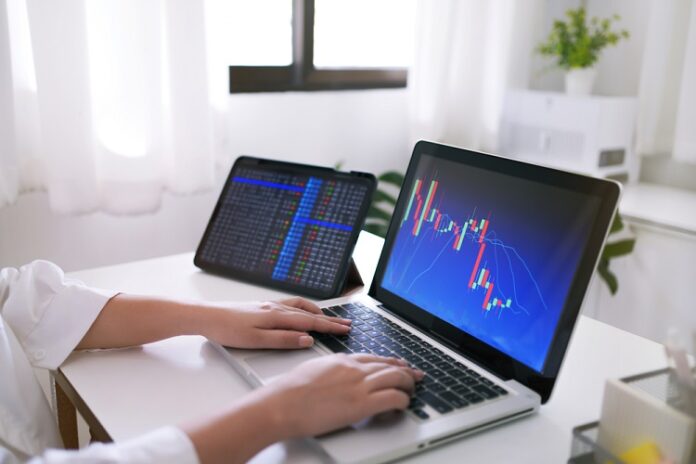Breakout trading, a popular technical analysis method used to capture volatility in futures markets, is one of the most commonly-used trading strategies. This method involves identifying and entering into trades when prices break out from established ranges, allowing traders to benefit from sudden market movements. Although breakout trading relies on momentum, or price action that continues beyond prior resistance levels after a certain amount has breached these levels, it can be applied successfully across various financial instruments and markets.
Table of Contents
The advantages of breakout trading
One of the advantages of breakout trading is its technical nature; unlike fundamental analysis, which relies on macroeconomic data and other non-price related factors to make decisions about future price movements of securities or commodities, breakout trading only requires an understanding of chart patterns and essential market dynamics and can be used by Singaporean traders of any skill level and experience to create lucrative trading strategies.
Engaging in breakout trading aims to identify and capture short-term price movements that could lead to quick returns. To achieve this, traders must carefully monitor markets for signs of a breakout. Generally, these consist of patterns such as triangles, flags, or other chart formations that indicate when prices are poised to break out from their established ranges. Once a trader in Singapore has identified a potential opportunity, they can enter trades when prices breach prior resistance levels. It allows them to take advantage of sudden price movements before they reverse or retrace their gains into their prior ranges.
What are the risks?
Although breakout trading in futures markets can be lucrative, it carries a particular risk. As prices can quickly reverse after they initially break out, traders must understand how to place stops and manage their risk accordingly. Additionally, due to the technical nature of this form of trading, traders must be aware of any potential false signals that could result from sudden news-driven market movements or other factors. However, breakout traders can effectively capitalise on price volatility without overexposing themselves to unnecessary losses by accounting for such risks and following careful money management techniques.
Other trading strategies used by futures traders
Here are some trading strategies used by Singaporean futures traders:
Scalping
One of the major trading strategies used by futures traders is scalping. Scalping involves rapidly entering and exiting trades to capture small price movements quickly. This type of trading requires a trader to be highly focused and vigilant, as they must be able to quickly analyse price movements and identify entry and exit points for any of their trades. Additionally, successful scalpers should have access to reliable data and be comfortable with automated trading systems that can help them enter or exit trades faster.
Momentum-based trading
Another popular strategy used by futures traders is momentum-based trading. Momentum-based trading relies on identifying trends in the market and capitalising on them before they reverse. Traders using this strategy look for solid signals, such as rapid price increases or decreases, to identify entry points that could lead to quick returns. However, this type of trading carries a greater risk due to its reliance on momentum, so traders must ensure they manage their risk accordingly when engaging in this type of activity.
Swing trading
Swing trading is another common form of futures trading. Swing traders use technical analysis techniques such as chart patterns or support and resistance levels to identify potential buying or selling opportunities within an established trend before prices reverse. Unlike day traders who look for quick returns over short periods, swing traders tend to hold onto their positions for extended periods to maximise their returns from more significant market moves. Because of this, swing traders must also account for any costs associated with holding onto these positions, such as commission fees or overnight rollover costs.
Conclusion
Breakout trading is an effective way for traders to capture volatility in futures markets by taking advantage of short-term price movements. Although it carries some risk, traders can successfully navigate these markets by understanding the fundamentals of this form of trading and carefully monitoring market movements. With a comprehensive approach to risk management, breakout trading could be an ideal way for any trader looking to capitalise on price volatility in futures markets.




